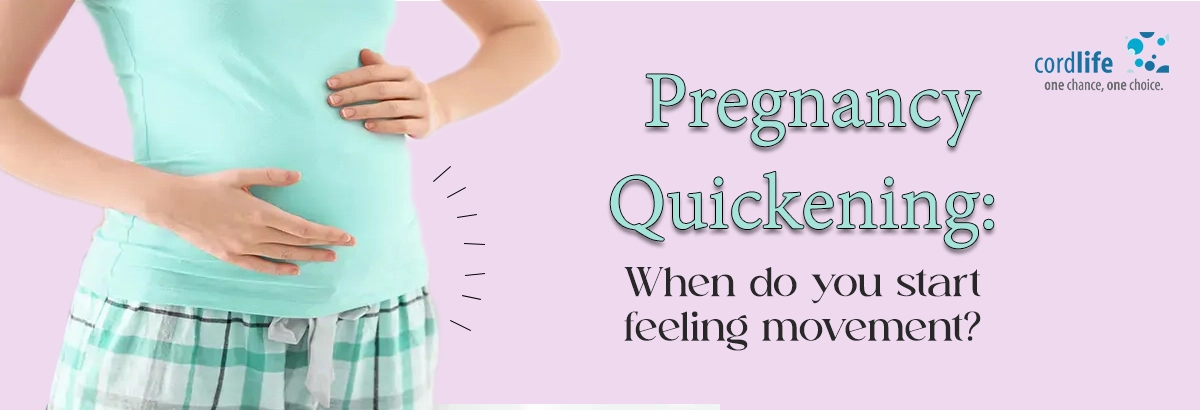Table of Contents
If you’re pregnant for the first time, it’s natural to be curious about the life you’re nurturing inside. In pregnancy, you’d feel the movement of the baby-to-be from 16 to 20 weeks. Such movements are known as quickening during pregnancy. You’ll feel like bubbles, flutters, or tiny pulses as a result of these movements.
Some of you may feel quickening earlier or later in pregnancy. This foetal movement during pregnancy deepens the connection between you and the baby inside you.
Foetal movement indicates that the joints, muscles and bones of the baby in the uterus start developing. It involves kicking and stretching inside the womb. You feel the foetal movements low in the belly and near the pubic bone.
Why Does the Foetus Need to Move Inside the Womb?
The fetus’s movements depend upon two important factors – past pregnancy, and placenta and amniotic fluid position. To further elaborate on this:
Previous Pregnancy
If you had children before, it’s quite possible that you’ll feel quickening as early as the 16th week of your pregnancy. Early movement starts from around 12 weeks. The first movements are soft and subtle, and they can be tricky to understand. You might have to wait until you’re in the 20th or 22nd week to feel foetal movement.
Placental Position
Since visiting the healthcare practitioner is the norm during your pregnancy, you must undergo a few ultrasound scans to check the placenta or amniotic fluid. The placenta – a vital organ between you and the baby inside you- is formed from the same embryo cells and attaches itself to the inner uterine wall. In case you have an anterior placenta in the 20th week of your pregnancy (the placenta is attached to the front wall of the uterus), you may not experience quickening before this week. Having an anterior placenta may slow down the foetal movement in the womb as your pregnancy progresses. The amniotic sac and fluid can keep your baby cushioned and safe. In case, there are low levels of amniotic fluid, there can be restrictions in foetal movement and a rise in the risk of cord pressure.
What are the Signs of Pregnancy Quickening?
As you progress in your pregnancy. you may have a lot of fun. You may feel the subtle, gentle and sweet sensations while the baby moves inside the womb. The baby inside you will kick you and flip inside you. But, as your pregnancy progresses, you’ll notice that the baby’s movements become less frantic. They won’t be doing as many gymnastic routines in your uterus as they did earlier. If there’s direct contact with the cervix, which is the neck of the uterus, some may say they feel a shooting sensation (lightning) in the vagina. Lightening unlike kicking includes loss of mucus plug, water breaking and contractions.
When Can You Feel the Baby Move Most?
In the daytime, when you’re out and about, and there is a distraction, the foetus is sleeping, as a result of movement. But during the evening, the moment you start taking some rest, you may start becoming aware of the little one’s movements. Also, babies in utero may be active after you’ve had your meal. If you’re in a position that isn’t comfortable for them, they’ll likely let you know by squirming around.
One of the thrills of pregnancy is feeling your baby move for the first time. You’ll have a little kick-boxer in no time. Enjoy these early sensations.
